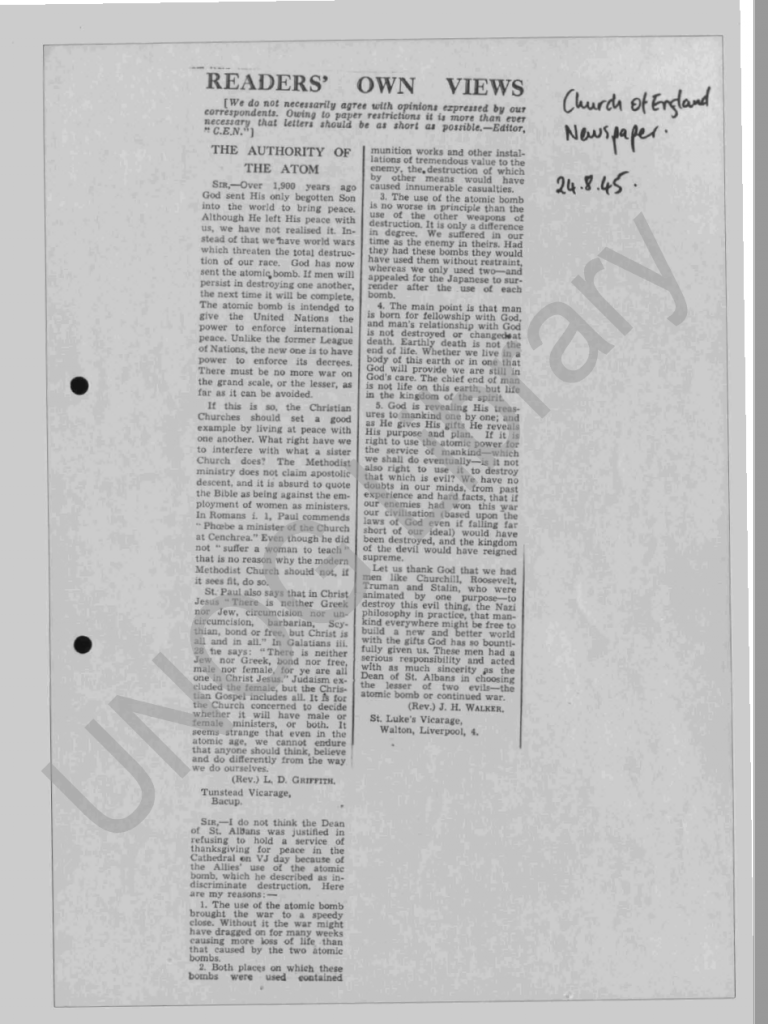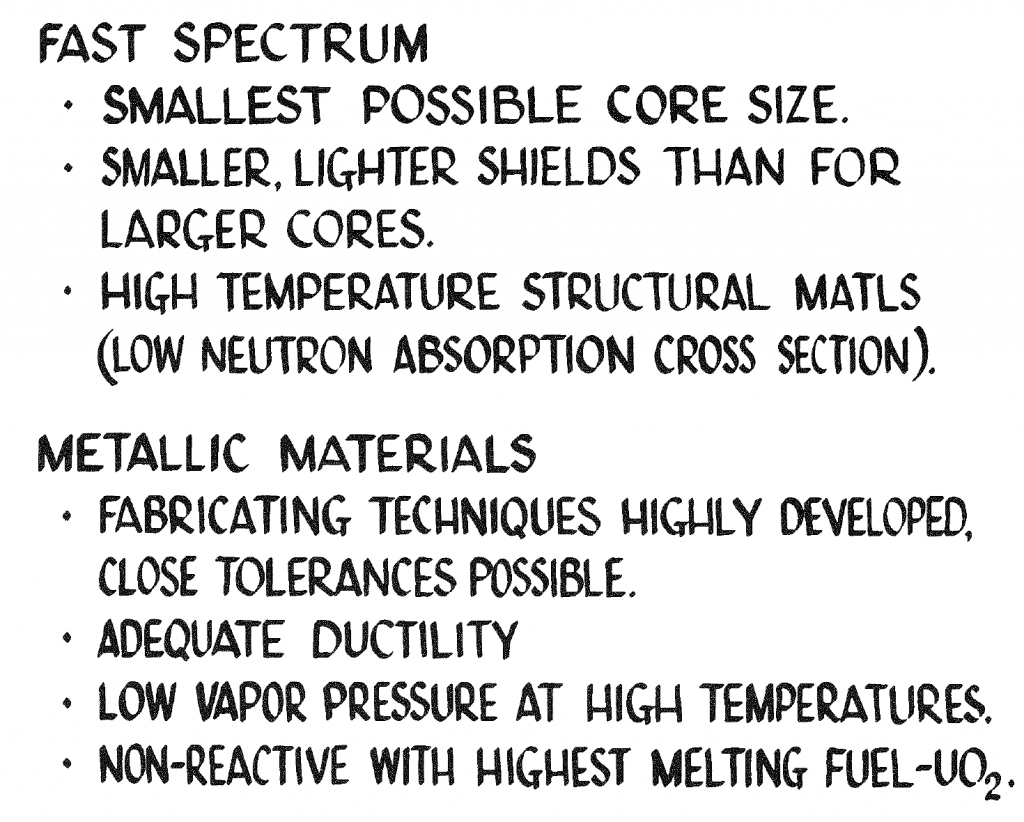This is a bit old, but Stephen Biegun gave an interview to ACT which has some interesting (at least to me) history.
It looks to me like the Biden policy is largely a continuation of what the negotiating team in the [Trump] State Department was trying to attain from the North Koreans, which is an agreement on a path toward denuclearization with a certain endpoint that is complete denuclearization but that we can structure along the way with some flexibility. We wanted to move in parallel on other things that might help open the aperture for progress like people-to-people exchanges, greater transparency, and confidence building on the Korean peninsula.
****
That’s the challenge that we confronted in the Trump administration. We eventually came to the conclusion that the North Koreans simply weren’t prepared to do what the two leaders had laid out.
****
The North Koreans have long said in engagements with my predecessors on these issues that if the two leaders could agree, then anything was possible. It was almost something of a mantra from North Korean representatives over the years, and President Trump, in his own unconventional and often controversial way, put that to the test. The president had a lot of confidence in his own abilities. He was not constrained by critics over the conventions of the past. So, he proposed a summit in Singapore to sit down with Kim and basically say, hey, you know, this war ended 65 years ago, let’s find a way to put it behind us.
For all the controversy and debate that his foreign policies generated, I can say as a negotiator that it was incredibly empowering to be able to test a proposition like that. For many of the president’s critics, their concern was that somehow he was going to give away the store, that he was going to accept the one-sided deal. I think what the summit in Hanoi showed was that it was going to take two to tango.
We had high hopes going into the summit. I and our negotiating team were there a week before the summit. We’d been to Pyongyang a few weeks before that, and we met in Washington a few weeks before that. We had laid out to each other in detail what our views were, what our objectives were. They didn’t align entirely, but each side knew what the other side was looking for out of this. When we got to Hanoi, our North Korean counterparts had absolutely no authority to discuss denuclearization issues, which is just absurd. It was one of the core points of agreement between the two leaders in Singapore.
*******
Without a doubt, there were differing views among the staff in the administration. But elections are for presidents, not for the staff. The president’s view was that he was prepared to reach an agreement provided that it successfully denuclearized North Korea. I think the speed with which that happened, were we to have gotten that agreement with the North Koreans, was negotiable.
Our hope was to move as quickly as possible, and we wanted to tie the benefits for North Korea to the speed with which North Korea wanted the lifting of sanctions. They controlled the tempo of that. The faster they met our expectations on denuclearization, the faster the sanctions went away. It was a fairly simple formula.
But we were also looking at denuclearization as just one line of effort across multiple lines of effort, including transforming relations on the Korean peninsula, economic collaboration, and potential diplomatic representation in each other’s capitals. We saw that in parallel with creating a more secure Korean peninsula, with confidence-building measures and transparency through military exchanges, ultimately through the negotiation of a permanent treaty to end the Korean War.
Of course, denuclearization was going to be the toughest. The other thing that was non-negotiable from our point of view was that, regardless of the timing, two things had to happen. To begin, the North Koreans had to freeze everything. We weren’t going to take everything out on day one, but they could stop. They could turn off the centrifuges. They could turn off the nuclear reactors. They could stop the production of weapons of mass destruction. The other non-negotiable was that the endpoint had to be complete denuclearization. The rest of it in between, plenty of room to negotiate how that happens.
****
Had the North Koreans been willing to discuss denuclearization with our negotiating team, had they brought appropriate experts to those discussions—we never saw a uniform or a scientist at these meetings. Our delegation was comprised of scientists from the Department of Energy, missile experts from the intelligence community. We had international law and sanctions experts. We had an interagency delegation that we brought to Pyongyang and Hanoi. The North Koreans simply failed to match the ambition.
****
Biegun: Of course it did, because in the lead-up to the summit in Hanoi, the two teams spent nearly a week together trying to hammer out the basis for the two leaders to reach an agreement, a much more detailed set of documents than my predecessors had been able to obtain at the Singapore summit. To their credit, the North Koreans brought some creative ideas of their own on how we could improve people-to-people cooperation and transform relations on the Korean peninsula, but the key driver of the Singapore summit was denuclearization. Literally, the offer from North Korea was a “big present.” The negotiators said when Kim would arrive in Hanoi, he would have a big present for Trump, but we had to agree at the front to lift all the sanctions. I’m a practical person; tell me what your opening gambit is, tell me what your bottom line is, but don’t tell me you’re bringing me a big present.
ACT: They told you that without defining what the big present would be?
Biegun: Without any definition of what it would be.
The North Korean delegation came with ideas on everything but denuclearization. I think the play was that they thought that the president was desperate for a deal and they were going to save that for the leader-level meeting. Lo and behold, that proved to be a very mistaken strategy. Anyone who encouraged them to pursue that policy, whether it was internally or external voices, perhaps even in South Korea, it was a huge mistake.
But the president’s meetings with Chairman Kim, even though the gap was too large for us to reach an agreement in Hanoi, were cordial and friendly. The president’s last words to Kim in Hanoi were, “Let’s keep at it, let’s get something.” Another summit was not going to happen without substantial engagement by the North Koreans at the working level. Unfortunately, after Hanoi and then COVID in 2020 made it all but impossible, the level of engagement diminished significantly.
ACT: Why were there conflicting reports about what was put on the table in Hanoi? North Korean officials denied they offered partial denuclearization for a full lifting of sanctions. Instead, they said, Pyongyang requested a partial removal of UN sanctions in exchange for a permanent halt of nuclear and ballistic missile testing and the full verifiable dismantlement of facilities at Yongbyon.
Biegun: Yongbyon is only a portion of North Korea’s nuclear weapons program. The North Korean rebuttal, which was delivered after the summit by Foreign Minister Ri Yong Ho and Vice Minister Choe Son Hui, was that they’d only asked for a partial lifting of sanctions. But we understood the value and the impact of every sanction that was in place, and what the North Koreans were asking for was a complete lifting of UN Security Council sanctions. In effect, the only remaining strictures on trade would be actively doing business with the weapons of mass destruction facilities and enterprises themselves. So in terms of what the North Koreans offered, any knowledgeable expert would recognize it was a partial denuclearization for a full lifting of sanctions, and there were no subsequent commitments. It would in effect accept North Korea as a nuclear weapons state. That was implicitly what was in that offer.


